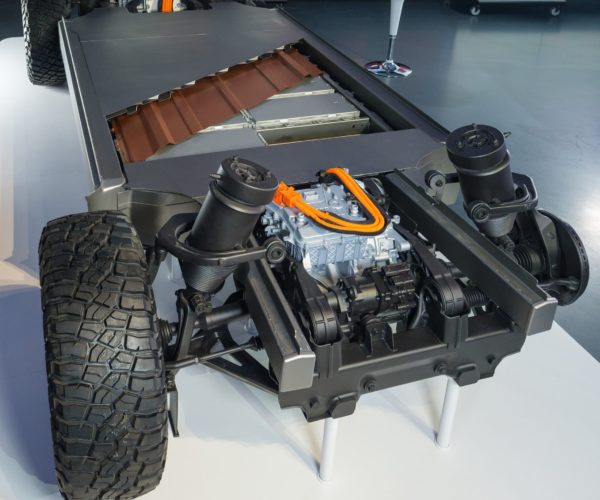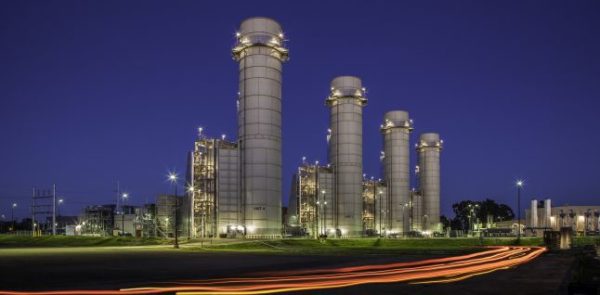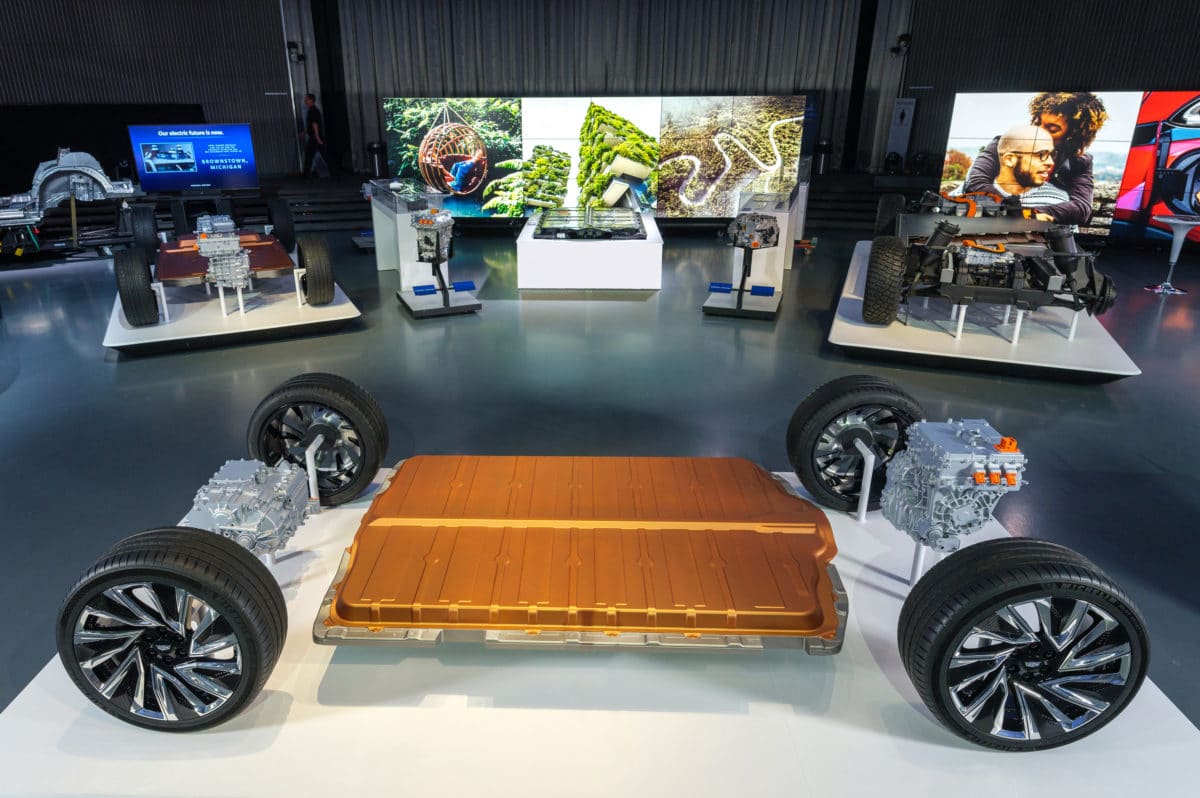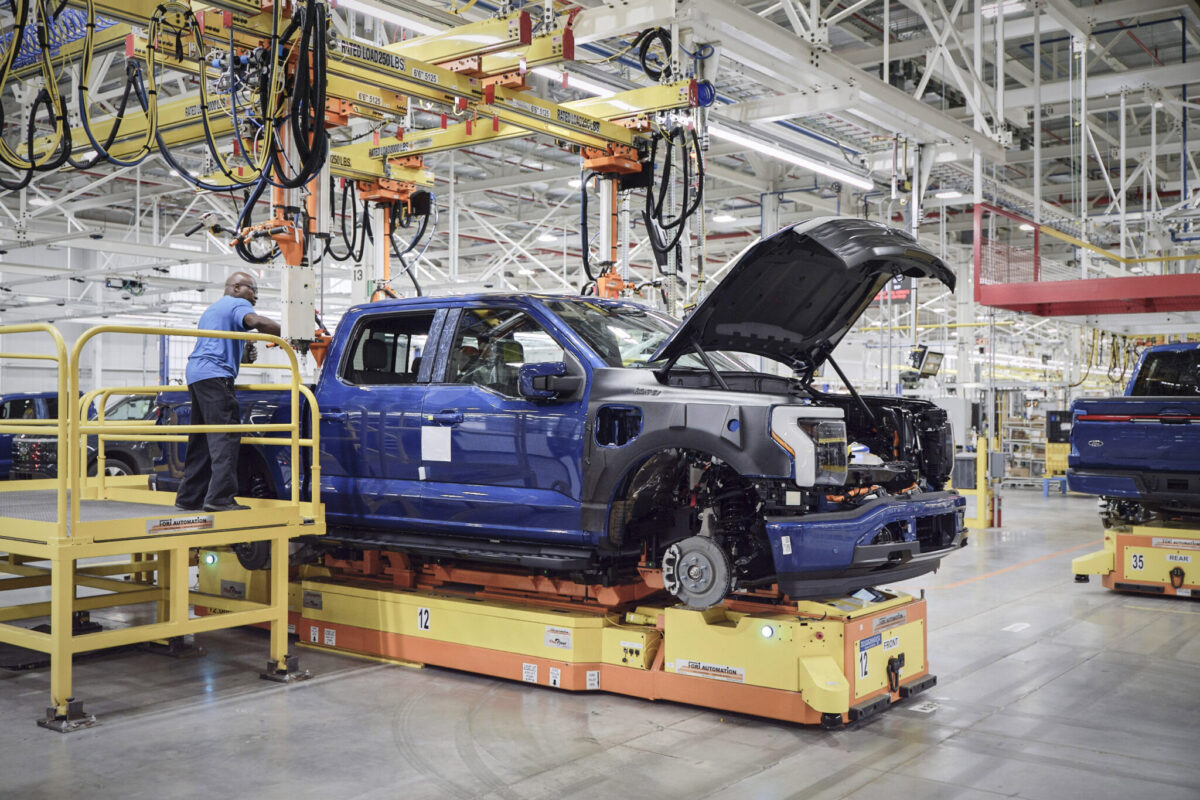Automaker GM said that it plans to become carbon neutral in its global products and operations by 2040.
The company worked with the Environmental Defense Fund (EDF) to develop what GM is calling “a vision of an all-electric future” as well as “an aspiration to eliminate tailpipe emissions from new light-duty vehicles by 2035.”
“With this extraordinary step forward, GM is making it crystal clear that taking action to eliminate pollution from all new light-duty vehicles by 2035 is an essential element of any automaker’s business plan,” said EDF President Fred Krupp.
To reach its goals, GM plans to transition to battery electric vehicles or other zero-emissions vehicle technology, source renewable energy, and leverage “minimal offsets or credits.”
The automaker said that it believes that the energy sector is “well on its way to a decarbonized grid” and that an all-electric future will be supported by renewable infrastructure and technology.
(Read “The future of cars is electric — but how soon is this future?“)

Image: GM/Steve Fecht
GM said it will offer 30 all-electric models globally by mid-decade and that 40% of the company’s U.S. models offered will be battery electric vehicles by the end of 2025. GM is investing $27 billion in electric and autonomous vehicles in the next five years, up from $20 billion planned a year ago.
The planned investment includes ongoing development of GM’s Ultium battery technology, updating facilities such as Factory ZERO in Michigan and Spring Hill Manufacturing in Tennessee to build electric vehicles from globally sourced parts, and investing in new sites like Ultium Cells in Ohio as well as manufacturing and STEM jobs.
The Ultium battery system is based on a modified chemistry for lithium-ion cells that is intended to reduce battery cost and improve performance. EVs typically make use of an NMC chemistry that is made up of nickel, manganese, and cobalt coatings on the cathodes. The Ultium cells add aluminum, enabling the cobalt content to be reduced by 70%.
GM said its batteries are designed with large-format, pouch-style cells that can be stacked vertically or horizontally inside the battery pack. It said this configuration will allow engineers to optimize battery energy storage and layout for each vehicle design. The battery platform is designed to charge more than 100 miles of range in 10 minutes.
The automaker said that more than half of its capital spending and product development team will be devoted to electric and electric-autonomous vehicle programs.
Renewable Energy
GM also said it will source 100% renewable energy to power its U.S. sites by 2030 and global sites by 2035. The company said that target represents a five-year acceleration of its previously announced global goal. GM said it already ranks among the largest off-takers of renewable energy in the world.
GM said it also expects to invest in carbon credits or offsets. The company said it recognizes that offsets “must be used sparingly” and should reflect a “holistic view of mitigating the effects of climate change and helping people thrive around the world.”
The company is working with EVgo to triple the size of a nationwide electric vehicle fast-charging network by adding more than 2,700 fast chargers by the end of 2025. GM said the move will help foster widespread electric vehicle adoption.
General Motors, its subsidiaries, and its joint venture entities sell vehicles under the Chevrolet, Buick, GMC, Cadillac, Baojun and Wuling brands.
BESS blackstart
Siemens Energy said it will design, build and commission a battery energy storage system with black-start capability at the Marsh Landing Generating Station near Antioch, Calif.
Black-start capabilities will allow the station to restart the flow of electricity to the facility’s auxiliary systems without the support of an external power supply in the case of an outage or blackout. The BESS will be designed to support up to three attempts to restart a unit at Marsh Landing within one hour.

Kiewit
As described in a 2018 filing with the California Energy Commission, the black start project consists of installing up to a 7 MW/3.6 MWh lithium-ion BESS to provide black start capability to the Unit 3 and 4 gas turbines. The BESS consists of seven Li-ion battery banks installed in two metal enclosures. The project also will involve transformers to increase voltage; switch gear to integrate the BESS into the broader Marsh Landing system; electrical, civil and structural engineering; and control system modifications.
“Battery storage systems like this one are capable of fully restarting power on a highly expedited basis,” said Laura Anderson, senior vice president, Controls and Digitalization for Siemens Energy North America.
The Marsh Landing Generating Station is a four-unit simple-cycle plant. It entered commercial service in 2013 and can provide 720 MW of electricity to the California grid. Siemens Energy supplied the four gas turbines, four generators, the SPPA-T3000 distributed control system and auxiliary and secondary systems for the plant.
Work on the BESS is under way, with the project scheduled to commence in early-summer 2021.
Lightsource bp VPPA
Lightsource bp today entered into a virtual power purchase agreement (VPPA) with Verizon Communications Inc. that will enable construction of a 152.5 MW solar farm in Indiana. The Bellflower solar farm, around 40 miles east of Indianapolis, is expected to become operational in 2022.
In 2020, Verizon issued its second $1 billion green bond, which will be used to fund long-term renewable energy purchase agreements, including this agreement with Lightsource bp. The project will be part of university research on the benefits of co-locating pollinator habitat and solar installations.
This content is protected by copyright and may not be reused. If you want to cooperate with us and would like to reuse some of our content, please contact: editors@pv-magazine.com.









This is also the GM that was all for Trump’s rolling back vehicle efficiency standards up until Biden was elected and they were suddenly against.
Find a wind blowing and you can track down GM’s stance on anything.
This is high time to use electric vehicles. Day by day increase the popularity of electric cars. Electric cars help to reduce carbon emissions. It is increasing the ability of sustainability.
What happens to old batteries? How negative is the effect on our environment? What effect does it have making the batteries?
Everyone wants to push electric cars but nobody talks about how this may be hurting us in the future. For every pro there will be a con!